From February 13 to 24, 2011, I held my fourth Winter Wonderland Workshop, and after shooting the Snow Monkeys in Nagano for three days, which we looked at in Episode 279, we jumped onto a plane and made our way up to Hokkaido for a further nine days. Last week in Episode 281 we looked at the first five of those nine days, when we shot the majestic red-crowned cranes, white-tailed eagles and whooper swans, as well as some of the landscape around eastern Hokkaido. We finished up on the fifth night, where we were able to photograph some Blakiston’s Fish Owls. Today we’re going to look at what we got up to for the last four days, to complete this series.
After the bitter-sweet experience of photographing the Blakiston’s Fish Owls that we finished with last week, we went to a different hotel. I’d had the group stay at the boarding house owned by the people that look after the owls four years ago, but they simply can’t cope with a larger group like ours now is, and to be honest, it’s not a great place to stay, so we had arranged to stay at a nearby hotel instead.
The next morning, on February 21, we had an early start, and boarded our boat to go out into the channel between the Shiretoko Peninsula and the disputed Kuril Islands, that Russia still refuse to give back to Japan. Each year I worry that there may not be any sea ice, because without the sea ice for the eagles to feed on, they don’t come down from the trees in the surrounding mountains, and we consequently can’t photograph them. This year though, we had a different problem, that even the people running the boat trips had not foreseen until just about now.
The sea-ice has been here for so long, and for so many days this year, that the eagles are all full up, and just not hungry any more, so even though they came out to the ice for a look, they didn’t really move around very much. Usually we have a hundred or more Steller’s Sea Eagles and White-Tailed Eagles flying around the boat, and it’s like shooting fish in a barrel. They were flying around a little, from the images that I’m seeing coming out of the group, the participants really did capitalize on what we saw, but the organizers of these boat trips have to learn that if the ice is here this long and this often in future, they have to control the amount of fish that they throw out to the eagles to keep them engaged. I know that this is manipulating them, but if they want to keep this a viable business proposition, they need to control this.
As with the cranes, because I know better times at these locations, I didn’t really shoot very much. Also though, the boat was more crowded with other customers than we’d hoped, so I moved out of the best spots to stand, enabling my group to get in, so I wasn’t really in the right place to get shots either, which is fine of course. My group always takes priority over my own shooting.
The first of just three images that I shot at this location on the 21st and 22nd, as we had two days out with the eagles this year, is actually not even a shot of the eagles, other than the fact that there are a few tiny distant eagles in the scene.
This is the scene as you look back to the town of Rausu, with the Rausu Mountain and a few other peaks in the background. You can see the band of sea ice just a little way up into the image, then a bit of town and the mountains. The thing that drew me to this shot of course was the layer of cloud above the three peaks. I knew as I shot this that it would make a nice black and white, and I’d just gotten my grubby little mits on a copy of Nik Software’s Silver Efex Pro 2, the new version of what I already thought was the perfect solution for digital black and white photo conversion. I was very happy with how easy it was to get this rich, tonally beautiful black and white image. I’ll be doing a video review of version two very soon as well, so stay tuned for that.
This is the one eagle shot that I uploaded. I captured the moment that the eagle grabbed a fish from the sea ice, and found it a little comical that the fish looks like it’s screaming out, which of course it can’t be, because it’s dead and frozen. I also like the shape of the eagle’s wings as he continues on his way.
In the afternoon of this day, I delivered a slightly cut down version of my Color Managed Digital Workflow lecture to the group. With the kind support of X-Rite, we had five ColorChecker Passports that we’d been using throughout the tour, and I showed the group how important these excellent tools are in the digital workflow, and what a difference they can make to your images. I also took the group through a monitor calibration using the ColorMunki Photo, which is another excellent calibration tool from the experts, X-Rite.
The last image that I uploaded from this location is actually the sunrise from the following morning. The sun here appears to be floating slightly above the sea, and this is because there’s actually land there, with the Kuril Islands on the other side of the strait.
The sea current was very strong on this second day, and the boats had a really hard time just keeping themselves out of the port. The sea ice was being pushed back into the port at an alarming pace, and as we put fish out to attract the eagles, that was rushing back into the port as quickly as we could put it out too. Again, the group got some very nice shots, but it wasn’t the best year for the eagles.
In the afternoon, we headed down to the Notsuke Peninsula, which is a tiny slither of land, just wide enough for a road and a few fisheries for the majority of its length. Towards the end, there are some owls that hunt, which we saw, but they were far away and very small, so we went for a walk down to the beach, where we shot the ice formations in the sea, and I shot a few abstract sand shots, like this one. This was almost black and white before the conversion, but once again, to increase the structure, I converted this to black and white in Silver Efex Pro 2.
The following morning, we visited a location where there is a chance that the sun rises in strange shapes. Sometimes it’s square, sometimes it looks like a wine glass. This is caused by how the sun’s light travels through the cold air and reflects off the water, and I was actually able to photograph this at another spot famous for this a month earlier in January, but on this morning it didn’t happen. We got some straight sunrise shots, so it wasn’t a total loss, but it was unfortunate that the sun was round, as usual. This shot by the way is two images shot horizontally with my 600mm F4 lens, but then stitched together for a vertical panorama, making a square image.
After breakfast, we made our way around to the other side of the Shiretoko Peninsula, and on our way into town stopped at the Oshin Koshin Falls, and I shot this image, in my usual style. You’ve seen this before, but I figured I’d show you this year’s version for completeness. I used my ND400 Neutral Density filter and an aperture of F11 for a two second exposure to get the smooth silky water look. This isn’t a black and white though. The rocks are very black to start with here.
In the afternoon we went into the Shiretoko National Park, and walked down into the valley to photograph the Ezo Deer. Here’s one shot from this afternoon that I quite like. This is actually a Silver Efex Pro 2 conversion, but done in Photoshop instead of round-tripping out of Lightroom as I usually do. You might be able to see what looks like some subtle duo-toning here, but what I actually did was reduced the opacity of the black and white conversion to around 50% to allow some of the original color of the deer to come through, and I thought that worked OK, so I used it.
After the National Park, we headed part way down the hill to the Puyuni Promontory, where we set up to photograph the sunset with the sea ice pretty much covering the sea, and here’s one of my photos of that. It’s not great, but you can see the texture of the ice on the sea, with the warm sun reflecting on the sea between the plates of ice floe.
The following morning we went back into the Shiretoko National Park, and shot the Ezo Deer again. One of my favourites from this morning is this shot of three stags on top of a hill, with a beautiful pail blue morning sky. I’m not sure why I like this, but the tones and how I positioned the deer appeals to me.
The last shot from this location and pretty much the last shot of the tour is this one of a young Ezo Deer in a pretty dangerous position above the cove where the Furepe Falls cascade down into the sea. The falls are mostly frozen at this time of year, and make a nice photos with the really big hoar frost, but I was more interested in this little fawn. It literally is a straight drop down just a few steps back, and she really didn’t seemed worried about it at all.
After this, we took a steady walk back through the beautiful park. Some of the participants spent more time in the woods, photographing birds, as the place really is a wildlife treasure chest. As we got back to the bus, people started to change into their less warm travel clothes, as we’d unfortunately come to the end of the tour. After twelve days of pretty amazing wildlife photography, we now had to go home. In previous years as soon as we started driving towards the Memanbetsu Airport, I’ve passed my digital recorder around to get comments from the group, but that always results in a lot of road noise from the bus tires, so this year, we passed the recorder around while still in the car park, which resulted in slightly better quality. Here’s the recording, from 13 of the 14 participants, and our tour operator representative Yukiko at the end.
I think you can tell from this recording that we all really did have a great week. Some of the locations weren’t the best they can be, but everyone really capitalized on what we were presented with at each location, and from the feedback I’ve had so far, they all had a great time.
As I mentioned last week, the difference it made having the tour operator rep with us made a huge difference. She was able to do most of the clerical work of getting our names to hotels and calling lunch venues etc. all while we were out shooting, so everything we did went incredibly smooth. This also freed me up to spend more quality time with the group, so the entire tour was improved no end.
I’m currently fine tuning the details for next year’s tour, which will be held at the same time, and I’ll be releasing details and start to take bookings within the next few weeks. If you’d like me to mail you when I release details, please contact me via the contact form and let me know that you’d like to be added to my workshops mailing list. This tour has been selling out pretty quickly for the last couple of years now, and I expect with the number of happy customers I’m sending out into the world after the tours that this trend will continue, so if you do want to join us, please try to get your ducks in a line quickly, for when I start to take bookings.
So, that brings us to the end of this series, and I’ll be moving on to something else in the next episode. If I can actually, I’m hoping to quickly edit a short video clip of the Blakiston’s Fish Owl feeding, that I shot during a visit a few weeks before this one. If I get time to do that, I’ll drop that into the feed as an episode too, as I’ve had a few requests to distribute that from people that I’ve shown it to.
Podcast show-notes:
Future Workshop Info: http://www.mbpworkshops.com/
Music from Music Alley: http://www.musicalley.com/
Subscribe in iTunes for Enhanced Podcasts delivered automatically to your computer.
Download this Podcast in MP3 format (Audio Only).
Download this Podcast in Enhanced Podcast M4A format. This requires Apple iTunes or Quicktime to view/listen.

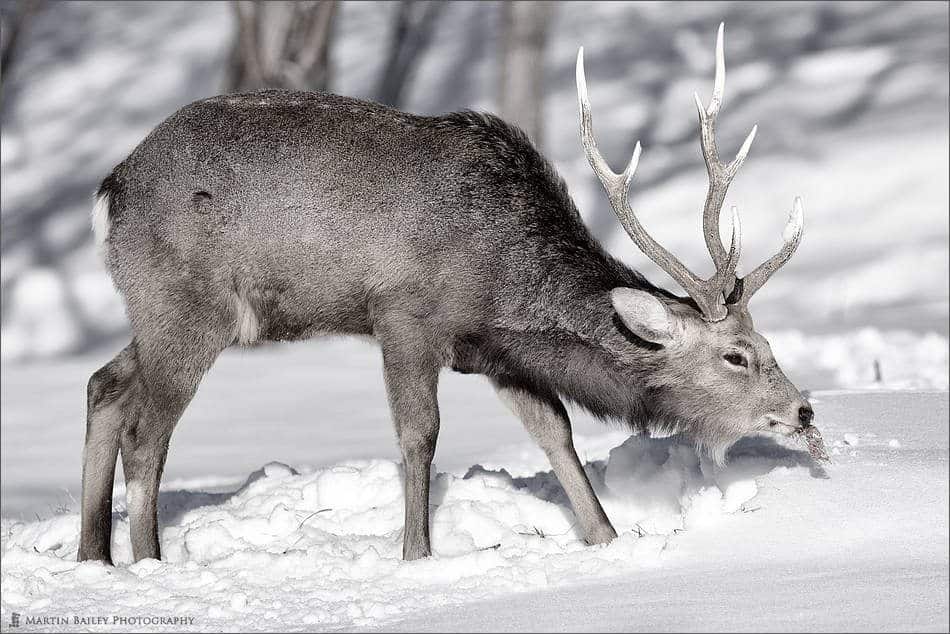
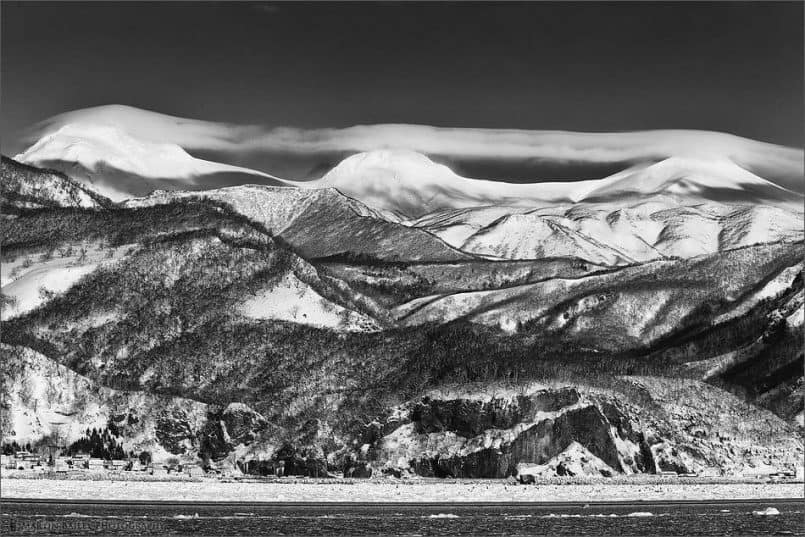
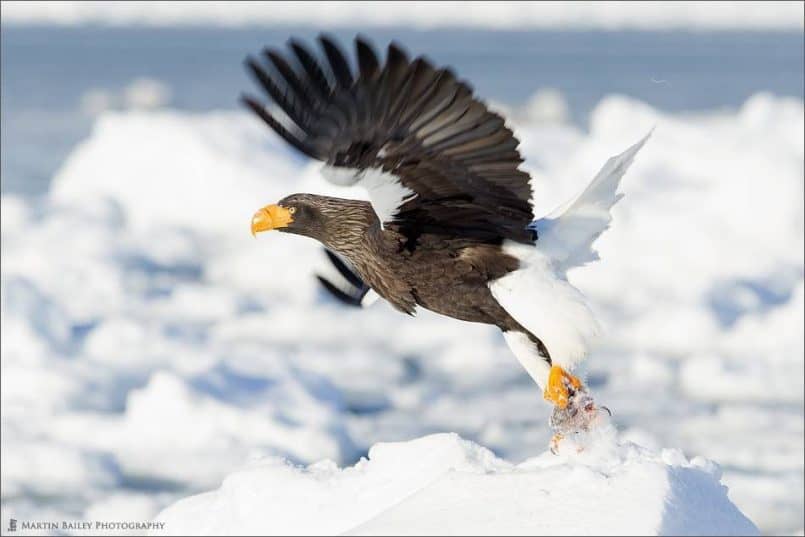
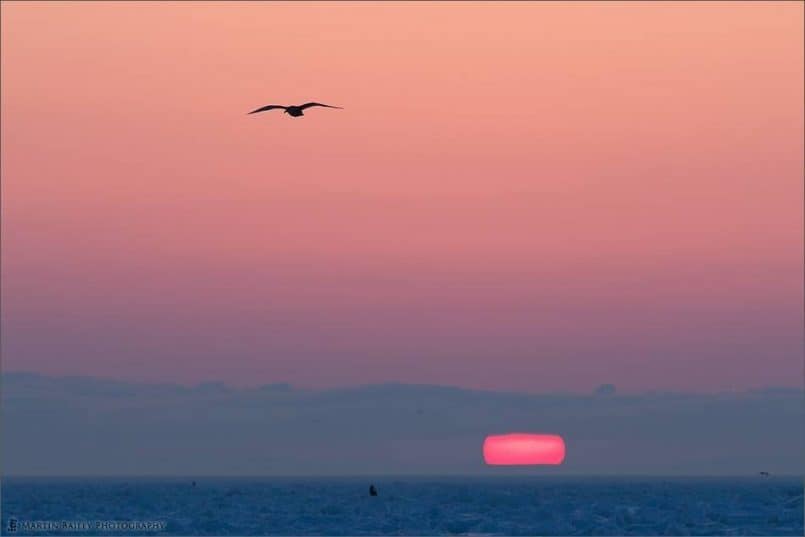
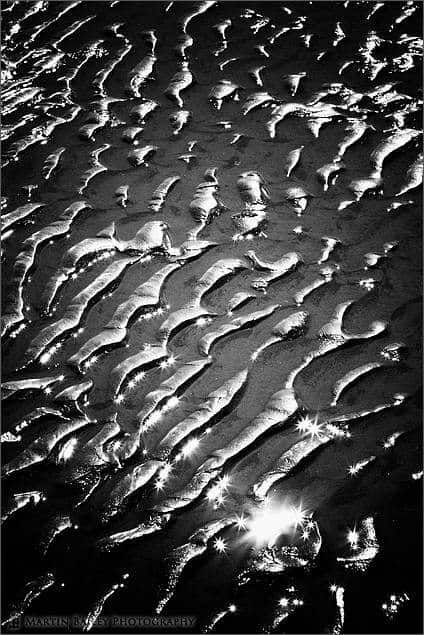
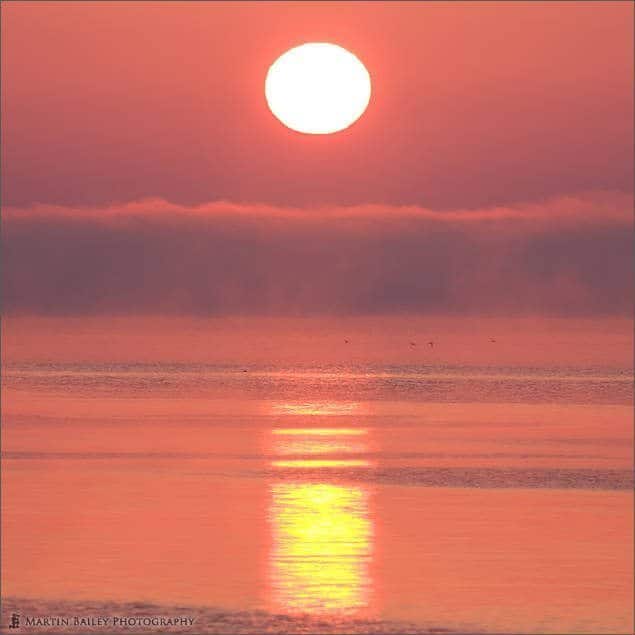

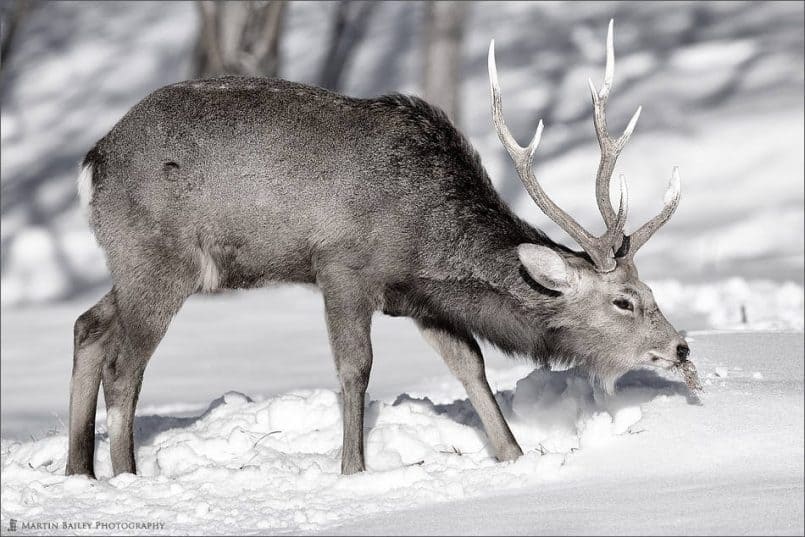
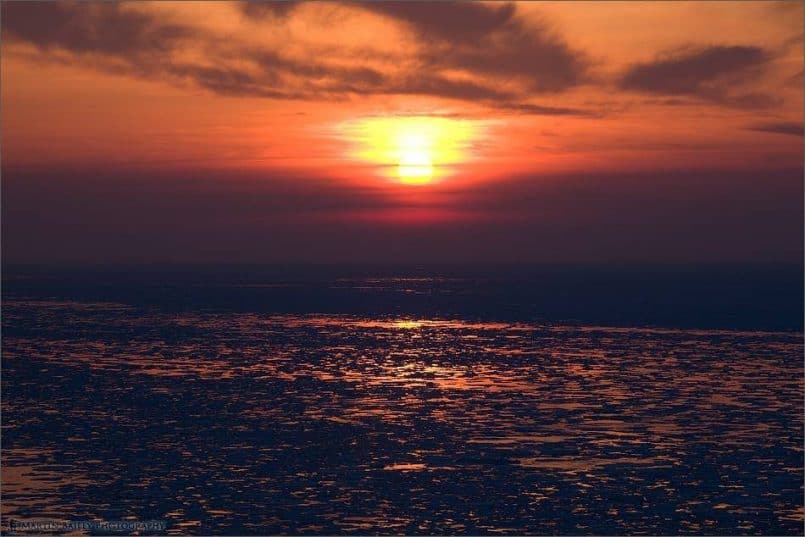
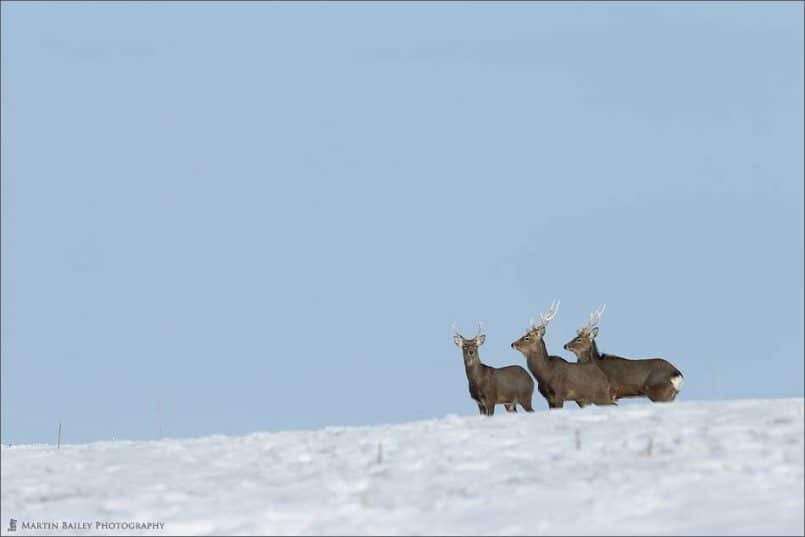
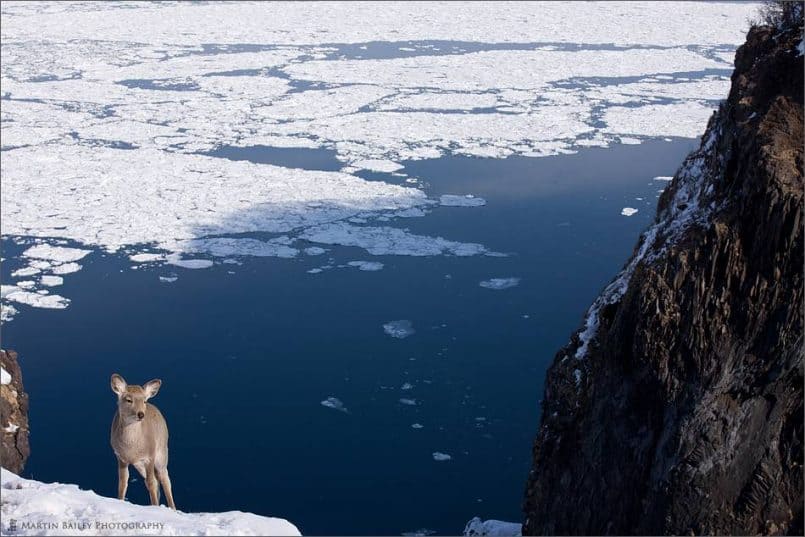

0 Comments